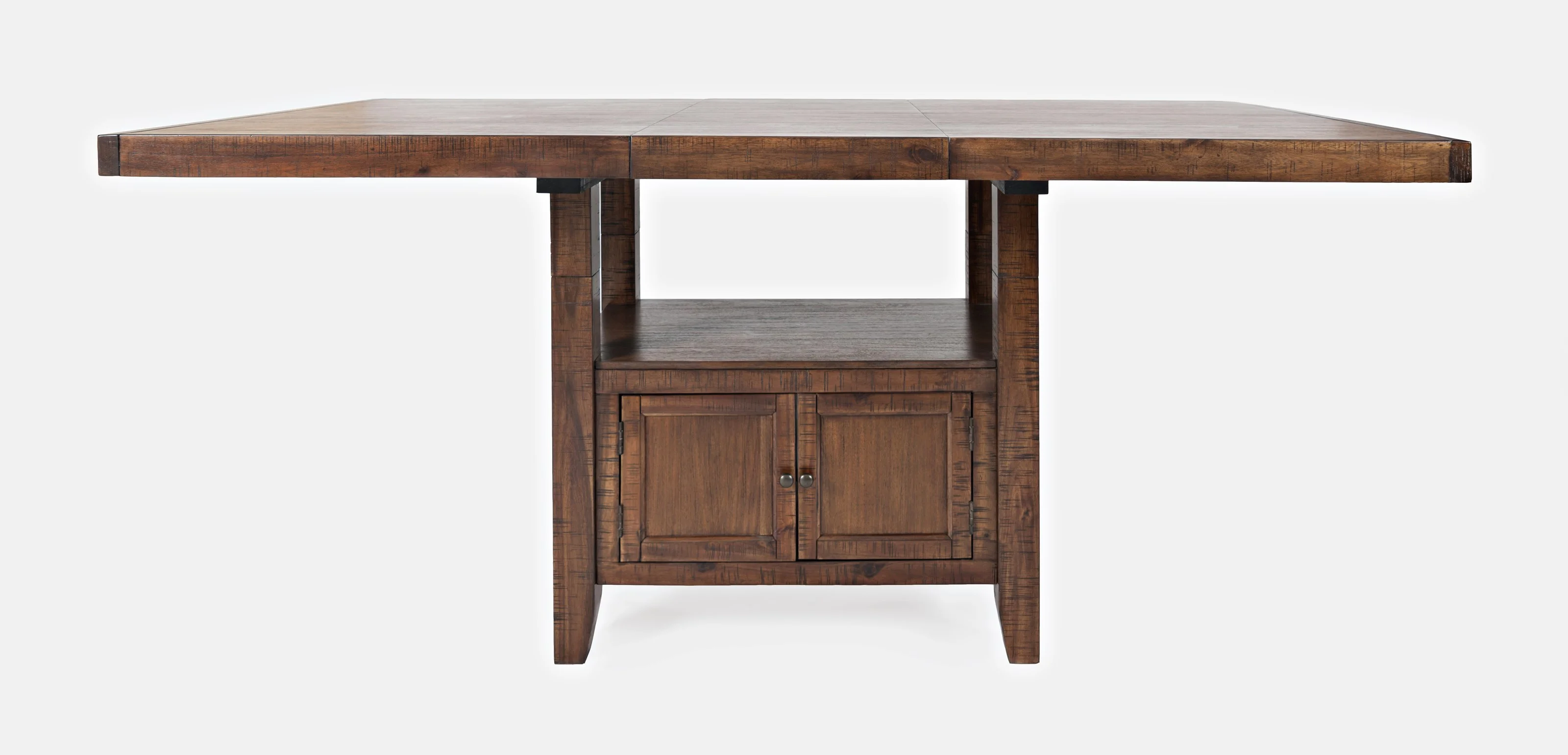From Standard to Modern: Find the Perfect Eating Space Table Legs for Your Style
While traditional layouts such as cabriole and transformed legs stimulate a feeling of timeless class, contemporary designs like barrette and geometric alternatives provide a chance for striking visual passion. As you consider these components, the inquiry continues to be: just how can you effortlessly integrate these varied leg designs to develop a harmonious dining experience?
Understanding Table Leg Styles
The range of dining-room table leg designs can substantially influence both the visual appeals and capability of the area. Each leg style contributes distinct visual aspects and practical features, providing to varied style preferences and use needs. Understanding these designs is essential for choosing the best dining table that aligns with your overall indoor style vision.
For circumstances, tapered legs use a clean, timeless appearance that can improve a room's style, while pedestal bases give security and optimize legroom, making them ideal for smaller sized rooms. Hairpin legs, a trademark of mid-century modern design, present a commercial panache, allowing for a ventilated, open feel. Trestle legs evoke rustic beauty, giving robust assistance and a sense of eternity.
Wood legs can bring warmth and texture, whereas steel alternatives usually convey a sleek, contemporary ambiance. Eventually, understanding table leg designs is important for developing a natural eating location that shows personal style while guaranteeing usefulness and convenience.
Standard Table Leg Options
When picking dining-room table legs, standard alternatives frequently symbolize classic beauty and workmanship. These layouts reflect a rich heritage and a commitment to high quality, making them ideal for those that appreciate traditional aesthetics.
Among the most legendary traditional leg designs is the cabriole leg, identified by its graceful bent shape. This layout frequently features attractive makings and is most generally located in Queen Anne and Chippendale furniture. Another prominent option is the transformed leg, which boasts a series of smooth, rounded forms that offer a timeless look while maintaining stability.
In addition, the straight leg, while easy, offers a unadorned and strong framework that can blend seamlessly with a range of tabletop styles. For those drawn to ornate detailing, claw-and-ball feet legs stimulate a feeling of grandeur and can offer as a stunning centerpiece in any type of dining room.
Lastly, stand bases, although not strictly legs, give a different typical alternative that permits enough legroom and can be perfectly sculpted. Each of these typical leg styles adds to the general atmosphere of an eating room, weding function with visual charm.

Modern Table Leg Designs
Modern table leg layouts provide a varied range of styles that stress clean lines and cutting-edge materials. These styles often focus on performance while working as striking prime focus within a dining area. Minimalist looks are widespread, with legs crafted from materials such as metal, glass, and engineered timber, which add to a modern and ventilated feeling.
One preferred layout is the barrette leg, characterized by its slender, conical framework that gives stability without overwhelming the tabletop (dining room table legs). This design is frequently located in mid-century modern furnishings and can easily complement different dining table forms. One more trend is the recommended you read use of geometric forms, where legs might handle unbalanced or angular kinds, including aesthetic rate of interest and a touch of virtuosity

Blending Designs for Unique Areas
Commonly, house owners look for to create one-of-a-kind eating spaces that show their personal style by blending numerous design aspects. This technique permits the incorporation of diverse visual appeals, resulting in a harmonious yet unique atmosphere. For example, combining a rustic wood table with streamlined, contemporary metal legs can develop an appealing comparison that elevates the area's general allure.
Furthermore, integrating vintage table legs with modern table tops can evoke a feeling of background while preserving a modern sensibility. Such combinations not only display specific preference however also motivate imagination, allowing house owners to curate a room that really feels both personal and welcoming.
Color plays a crucial function in this mixing process; choosing table legs that match or comparison with the existing color pattern can improve aesthetic rate of interest. Whitewashed legs can soften the daring of a dark table surface area, creating a balanced aesthetic.
Tips for Picking the Right Legs
Selecting the right table legs is essential for accomplishing both functionality and aesthetic charm in your dining room. Begin by taking into consideration the overall design of your area. Standard settings profit from legs that feature detailed carvings or transformed layouts, while contemporary spaces may require smooth, minimalist click for more info styles.
Next, analyze the height and security of the legs. dining room table legs. Conventional eating tables range between 28 to 30 inches in elevation, so make sure the legs enhance this dimension for convenience. In addition, durable products, such as wood or metal, can enhance stability and longevity
Evaluate the leg form too-- options consist of straight, tapered, or pedestal styles. Straight legs use a classic appearance, while conical legs can add a touch of sophistication. Pedestal bases offer adequate legroom and are suitable for smaller rooms.
Verdict
In recap, picking the ideal dining room table legs calls for mindful consideration of both modern-day and conventional designs. By harmonizing leg style, elevation, and product with the total decor, a cohesive and inviting atmosphere can be attained.
The range of eating room table leg designs can dramatically affect both the appearances and performance of the space. Inevitably, understanding table leg designs is necessary for developing a cohesive eating location that mirrors individual style while guaranteeing functionality and this comfort.One of the most iconic standard leg designs is the cabriole leg, defined by its stylish curved shape. Straight legs supply a classic appearance, while conical legs can include a touch of elegance.In summary, picking the optimal dining room table legs calls for cautious consideration of both standard and modern-day designs.